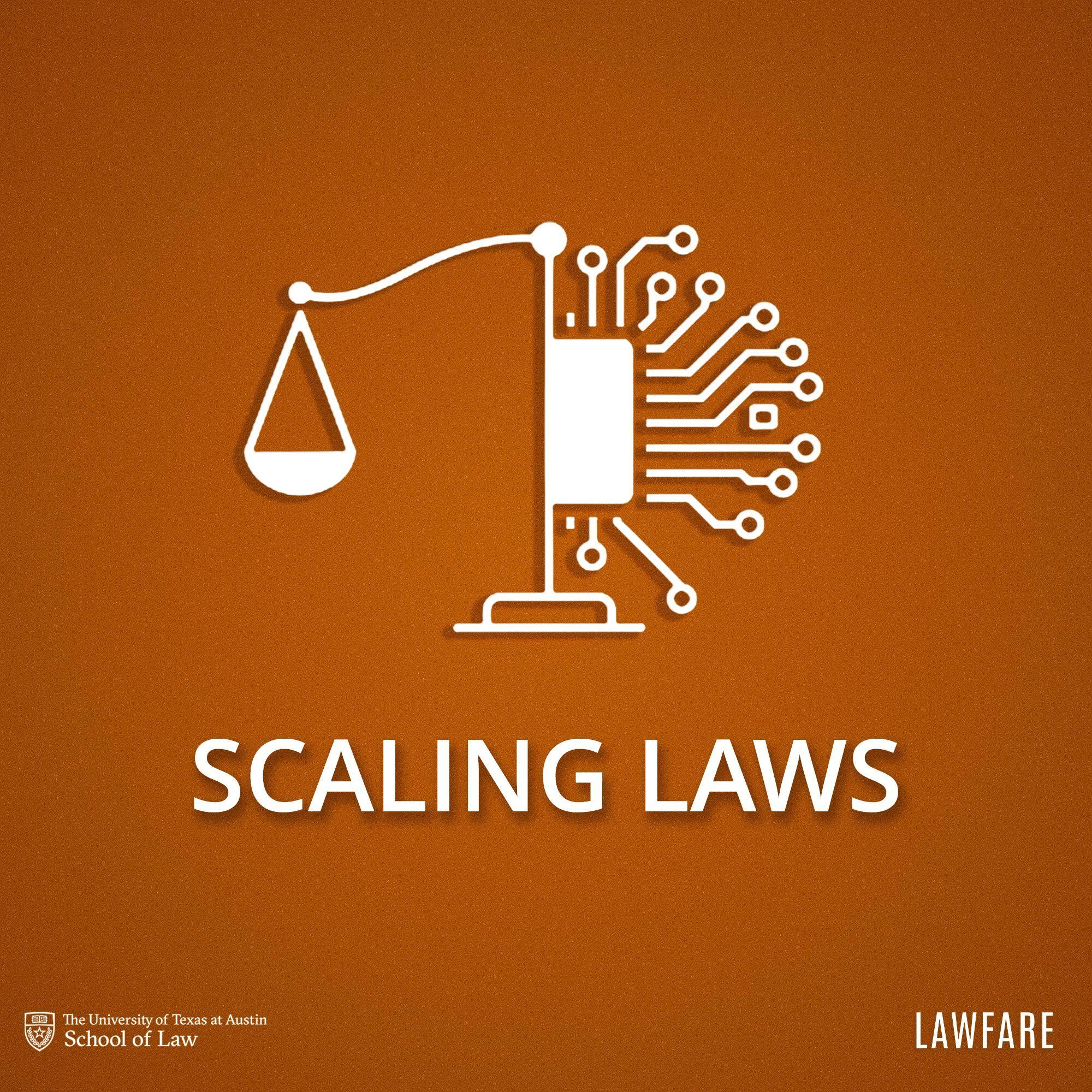Geoffrey Corn on the Drone White Paper and Threat Identification
Continuing Lawfare's discussion of the Drone White Paper, we're pleased to publish the following guest post by Geoffrey Corn on the question of threat identification and the use of force; our thanks to him:
Should We Know How We Know Who is the Enemy?
Published by The Lawfare Institute
in Cooperation With

Continuing Lawfare's discussion of the Drone White Paper, we're pleased to publish the following guest post by Geoffrey Corn on the question of threat identification and the use of force; our thanks to him:
Should We Know How We Know Who is the Enemy?
Threat identification, no matter how challenging, should be the focal point of legal and operational analysis associated with use of force against al Qaeda. Threat identification is never easy. Even if we had fought the conventional Soviet enemy of the Cold War, trying to sort out whether the tank seen through the optics of a TOW missile in the middle of the night at almost four kilometers distance was a Soviet tank — or a British, German, French, or U.S. tank — would have been anything but easy. Of course, the challenge is magnified when fighting insurgent enemies (whether El Salvador, Nicaragua, or today’s enemies), where other indicia of enemy status by necessity becomes decisive, such as location, activity, equipment, association, and even age and gender. But the basic process remains the same: positive threat identification triggered status-based attack authority, which in turn informed commanders how to maximize the operational impact of limited combat power. I therefore echo concerns raised by other commentators over the White Paper’s conflation of jus ad bellum imminence requirements, jus in bello targeting authority, and constitutional due process. Don’t get me wrong – I certainly don’t believe the arbitrary killing of a U.S. citizen is ever permissible. To the contrary, I believe it is always prohibited, in peace or war. But I don’t think nationality should play a significant legal role during targeting analysis, or that due process protections should modify the analysis of lawful attack, even for a U.S. national. Protection from arbitrary killing is, instead, inherent in the international law requirement that only those individuals reasonably assessed as enemy belligerent operatives may be made the deliberate object of attack, and only in the context of an armed conflict. In fact, it strikes me as somewhat perverse when some argue that supplementing LOAC’s already inherent protections with due process analysis actually suggests that potential objects of attack who are not U.S. nationals are more “easily” killed. The standard should be the same: a good faith determination of enemy belligerent status. Characterizing the struggle against al Qaeda as an armed conflict of transnational scope magnifies the complexity of this threat identification challenge (to that end, I believe the continuing debate over the validity of that characterization is important and legitimate, although it should come as no surprise that I believe this characterization is valid). Compared to even the “traditional” insurgent threat in Afghanistan, this threat is indeed different — in terms of the characteristics of behavior, the nature of belligerent operations, and the transnational dispersal of capabilities and activities. And, the geographic scope of this armed conflict, like the question of armed conflict itself, is without a doubt a decisive predicate determination (in my view, there have been, and are, no armed conflicts where the nature of the threat does not dictate the geographic scope of operations, although I recognize that there are strong arguments against this view). It seems to me, however, that if the U.S. is engaged in an armed conflict with al Qaeda, and if the scope of that armed conflict is threat-dictated, then threat identification, as in all other armed conflicts, must be the touchstone for lawful uses of deadly force. Changing the answer to either of these predicate questions eliminates jus in bello authority from the legality equation, which in my view would require jus ad bellum imminence analysis to justify an action in national self-defense, and perhaps also engage more traditional notions of due process for the killing of a U.S. citizen. It would also invalidate any use of deadly force as a measure of first resort absent a determination of no viable alternative, in effect a “capture instead of kill” rule, which is inapplicable to an enemy belligerent in an armed conflict. But the White Paper, and all other indications from our government, rely on both these propositions. The amalgamation of all these standards (jus in bello, jus ad bellum, and due process) to provide a legal basis (as opposed to a policy limitation) to justify drone attacks is not only confusing, but invites the type of criticisms that have been rampant since the Paper’s release. Nor do I believe that invocation of due process, and especially judicial authorization or validation, is necessary to ensure a credible process for approving such attacks. If the President approves targeting parameters, or even personally approves the identification of individuals subject to attack, threat identification will undoubtedly be the key aspect of that decision making process. Legal advisors immersed in an understanding of the threat identification criteria, available intelligence, and the operational objectives will vet these decisions, as they do in all armed conflicts. All those involved in this process are accountable for their decisions, even the President – sometimes politically, sometimes professionally, sometimes criminally. Their obligation is to ensure that the judgment of “targetability” is reasonable based on all available information (although it is important to remember that reasonable does not impose a standard of perfection, and it is an unfortunate reality that mistakes can be reasonable). If the outcome of these attacks indicate a mistake, then internal processes exist to investigate those decisions and, where necessary, hold the decisionmaker accountable for rash or unreasonable judgments. While reasonable mistakes must be tolerable under the law, unreasonable mistakes violate the law and also risk devastating strategic consequences, which I believe produces a powerful incentive for this internal compliance methodology to work effectively. All of this may lead to a question: what actually is the threat identification criteria relied upon to justify the killing of a human being who, no matter how dangerous intelligence indicates he may be, won’t be sitting in a T-72 tank in the Fulda Gap? There is a rational reason why such information should not normally be publically disclosed. Conventional enemies rely on their capability to gain advantage over our forces; unconventional enemies rely on the exact opposite: our inability to even identify their capabilities will enable them to achieve their objectives. Disclosing this information may help this enemy understand exactly how we identify who to target and when and where to do so, which in turn will enable the enemy to adjust its conduct to avoid that outcome. It would, in essence, be analogous to having shared with our Soviet enemy the exact details of how our forces identified their key tactical vulnerabilities, which would have enabled them to make it that much harder for our forces to prevail. This all may seem unsavory, especially among lawyers whose notions of justice rightly animate skepticism about decisions that result in the deliberate killing of fellow human beings, in systems where justice is normally defined by transparency, public accountability, and quite frequently, judicial scrutiny. But I believe it is error to assume that those in our government responsible for making these incredibly difficult decisions do so casually or with a cavalier attitude towards the consequences of their judgments. Military commanders – and an increasing number of their civilian counterparts - spend their professional lives working through the operational, legal, moral, and ethical aspects of unleashing the awesome power the nation entrusts to them (I do think there is a legitimate question of whether only the military should be authorized to use these capabilities). I believe these agents of our nation are committed to using this capability effectively and lawfully, and that the law of armed conflict provides an effective legal framework for doing so.





